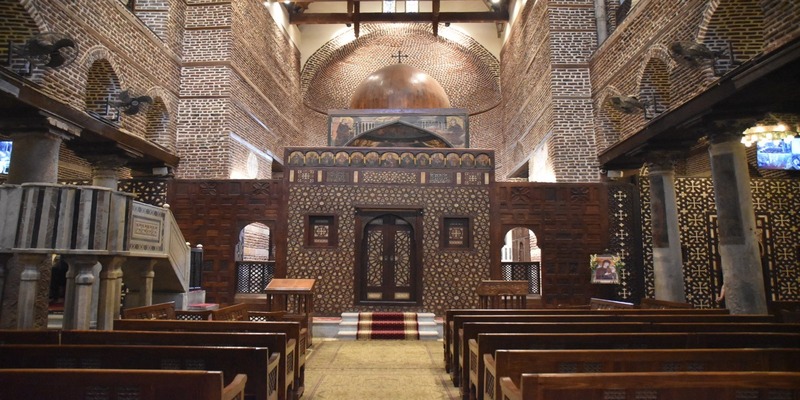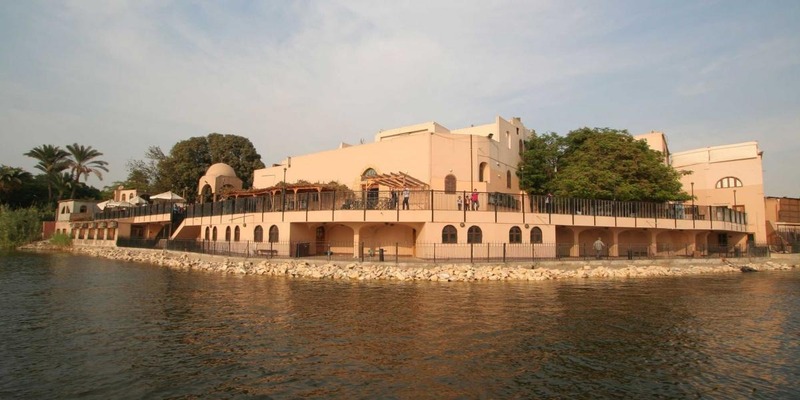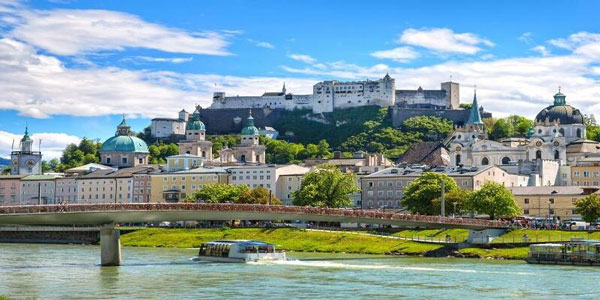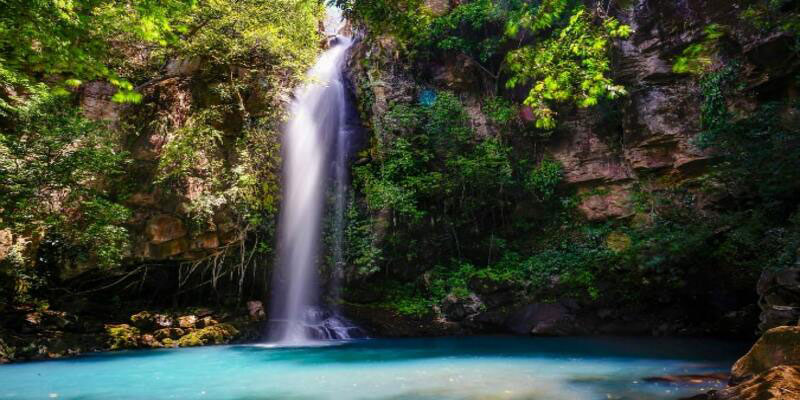Church of the Blessed Virgin of Egypt is located on Jabal al-Taylor (the Mountain of Birds), some 250 kilometers south of Cairo. Getting there used to necessitate a dangerous, vertical climb up a cliff rising directly from the Nile, followed by a series of steep, rock-hewn stairs.
The mountain's mysterious past captivated the few adventurers who dared to climb it. The present caretakers told me that the place has been active for centuries and is responsible for countless miracles.
These days, I go to church in comfort, thanks to modern air conditioning and paved roads. As I made my way south down the east bank of the Nile, across a chiseled, white landscape of quarries dating back to the pharaohs, I began to see Coptic Christian cemeteries as I approached the cave in the center of Jabal al-Taylor.
Delta of the Nile

The Holy Family's journey cuts south toward Cairo through the ancient city of Bubastis after following Egypt's Mediterranean coast from Rafah to the classical port of Pelusium. To the Coptic Christians, the temples here shook when Jesus was born, fulfilling the Old Testament prophecy of Isaiah: "The idols of Egypt shall quake at his presence."
After the enraged villagers chased the three from their village, Jesus calmed them by causing a spring to bubble up. For safety reasons, a fence has been erected around a well that was likely constructed over the spring.
Mostorod, a settlement on the outskirts of modern-day Cairo, welcomed the family with open arms. I visited al-Mahamah (the location of bathing), another well said to have been used by the family for drinking and washing, and the church constructed around it in the 12th century. Those who came to pray around it, with some even penning messages to place in a nearby cave.
Holy Family In Sinai
"A day's trip from Gaza led the holy family to the ancient township of Jenysos," Keller says in his book The Bible as History (1955). Herodotus, the Greek historian, references Jenysos. Khan Younis is the current name for this hamlet in what was formerly the Gaza Strip.
Raphia (Rafah), the border town between the Gaza Strip and the province of Egypt, would have been the next town on the holy family's route.
The holy family visits Al-Muhammad and Al-Farma's settlements, located around 35 kilometers east of El-Qantara City. Recently, churches dating back to the 5th and 6th centuries were uncovered in Al-Farma.
Cairo
Share Maryam (Mary's Tree), a gnarled old sycamore, is located on the outskirts of Cairo and is claimed to have provided shade to the Holy Family as they traveled through the Delta. As I entered the compound holding the tree, I saw a newly plastered well, likely the source of water for the family, located just a few paces from the inauguration plaque.
Further along, the ancient trunk was held up on supports next to a short picket fence to discourage tourists from taking souvenirs from the tree by peeling its bark or plucking its leaves.
The cathedral was built over a sacred cave, considered one of the family's first resting sites and one of the holiest stops along the pilgrimage route. The tiny flight of stairs down to the crypt where the family stayed for three months is correctly labeled in Arabic and English for the bottleneck crowds.
Places In Upper Egypt

The Holy Family arrived at Jabal al-Taylor, where the Church of the Blessed Virgin stands, at the point where Lower and Upper Egypt meet. Since the 1990s, when it became a target of terrorist attacks and protracted closures in the surrounding region, it has been wiped off the map, and travelers seldom stop there anymore on their way between Luxor and Cairo.
Since its opening a decade ago, the area south of Cairo along the Nile has been designated as a priority for the expansion of the Holy Family Trail, with the expectation that the area's many ancient churches will boost the popularity of Egypt's spectacular but under-appreciated temples and tombs.
When I got off the train, I saw that some of the previous security worries had yet to go away. It was customary for the police to accompany foreign visitors, so they insisted on traveling with me via Minya and Asyut governorates.
The Path Of The Fortunate
To revive the symbolism of the holy voyage and its message of peace and goodwill to all humanity, several Egyptian historians and archeologists are now pushing for a project to monitor each town or city visited by the holy family.




